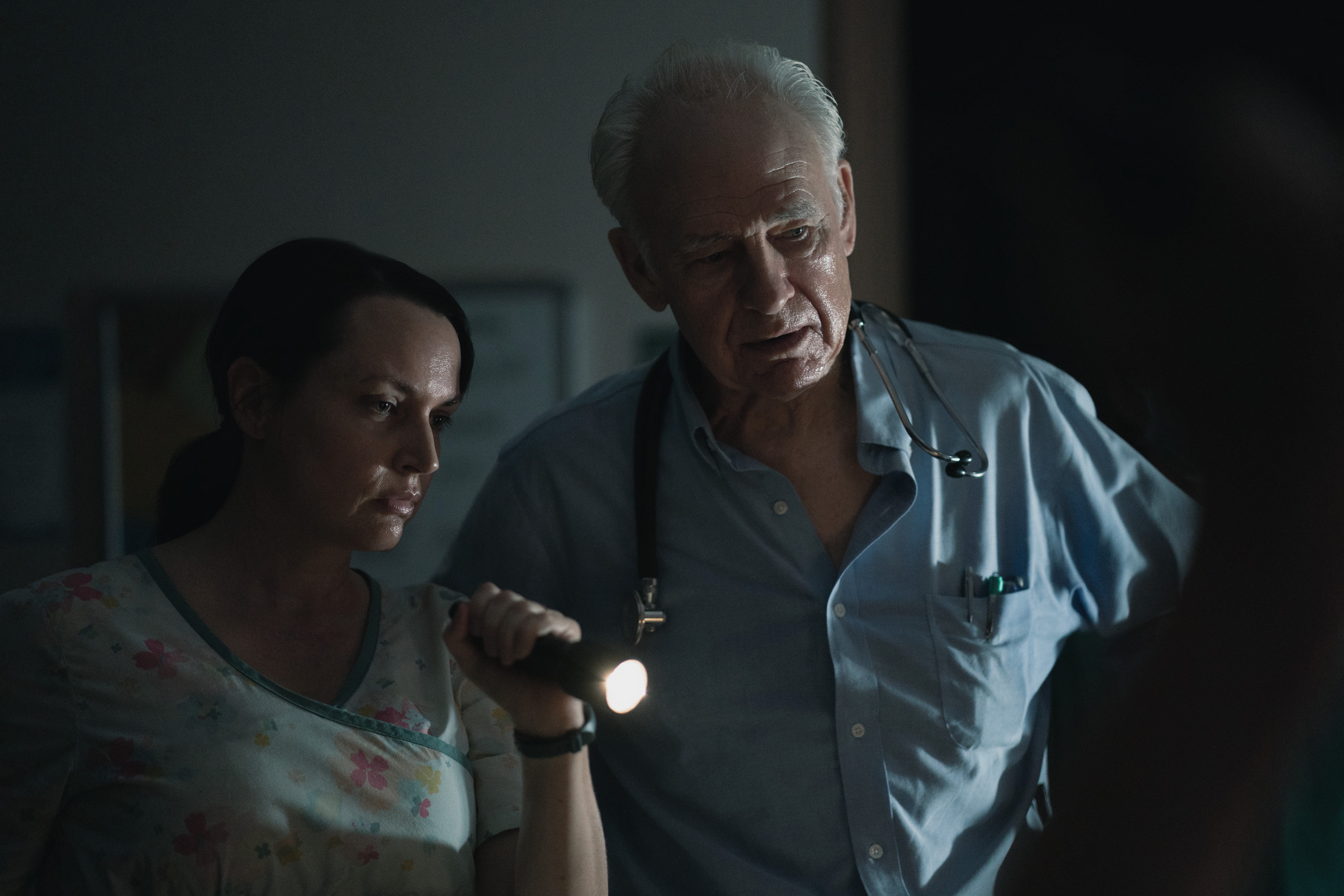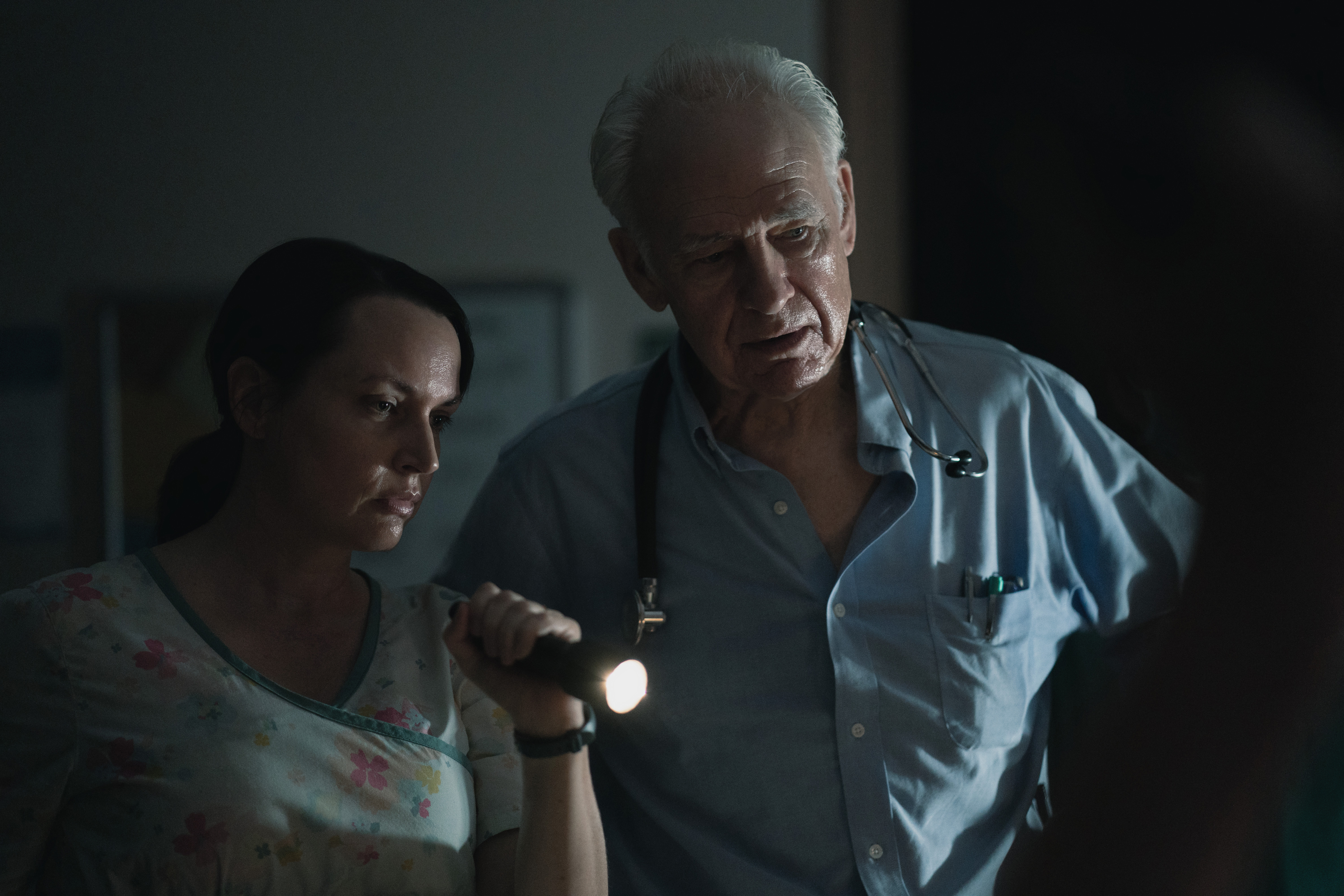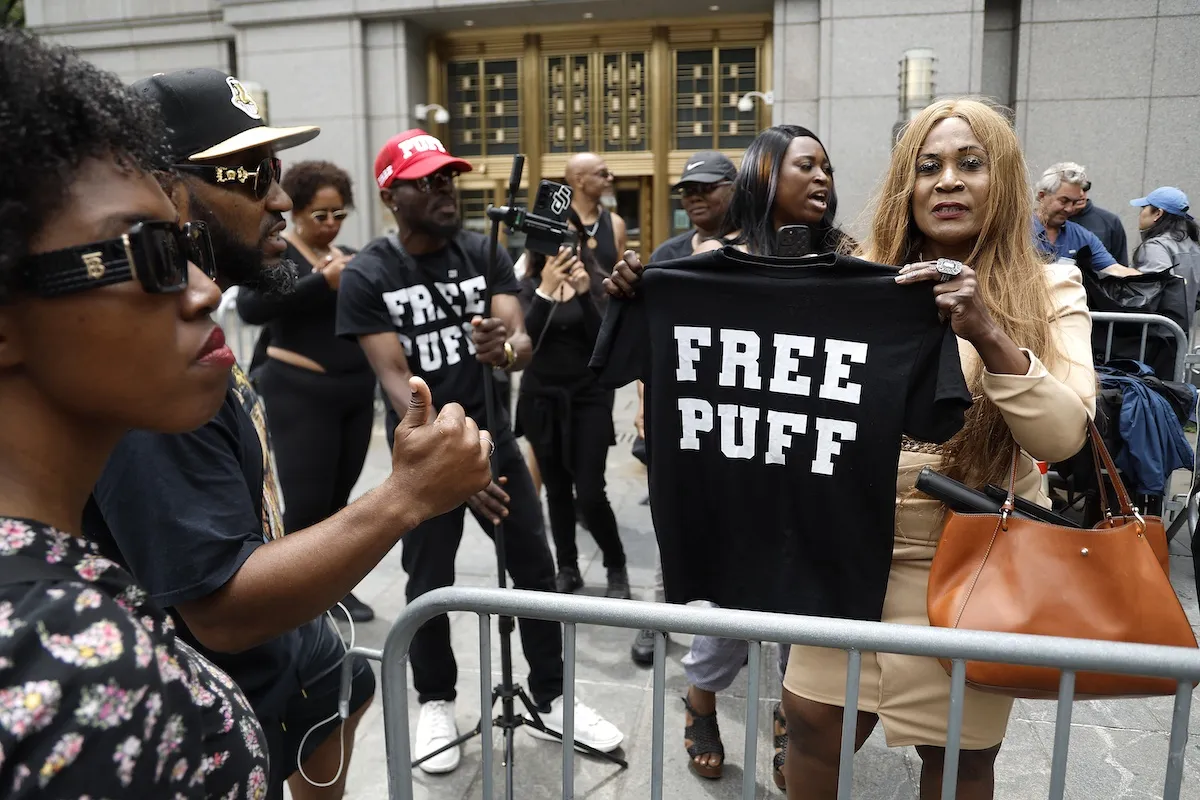
Director Carlton Cuse Talks ‘Five Days At Memorial’ on Apple TV+ and Recreating Hurricane Katrina [Exclusive]
Producer and director Carlton Cuse reflects on recreating one of the worst natural disasters in the history of the United States in Five Days at Memorial. The Apple TV+ limited series depicts what happened at one specific hospital in the midst of Hurricane Katrina. Then it explores the investigation that occurred after the fact. It’s a powerful and gripping account of real life events. The first five episodes of Five Days At Memorial detail the rescue efforts. Then the last three episodes focus on the intense investigation of why 45 people died.
The series stars Vera Farmiga, Robert Pine, Cherry Jones, Julie Ann Emery, Cornelius Smith, Adepero Oduye, Molly Hager, Michael Gaston and W. Earl Brown.
How did you come across Sheri Fink’s book, ‘Five Days at Memorial: Life and Death in a Storm-Ravaged Hospital,’ and decide to turn it into an Apple TV+ mini series?
“I had heard from some friends that [Five Days at Memorial: Life and Death in a Storm-Ravaged Hospital] was a great book,” Cuse began. “I ordered and read it, and I was blown away. And I thought I knew the general parameters of Hurricane Katrina, but I didn’t know the story of what happened during that storm, the flooding, and the aftermath.
“I think the brilliance of Sheri Fink’s book was that she broke down and told the story of this one hospital in New Orleans,” he continued. “But through telling that story, she really painted a picture of what life was like in the entire city during the worst natural disaster in U.S. history. It was so moving and got stuck inside my head that I really wanted to turn it into a series. Then I had to outwait some other people who had the rights to the book. And I teamed up with a wonderful, talented filmmaker, John Ridley, to make the story.”
Did the Apple TV+ ‘Five Days At Memorial’ team interview anyone who was at the hospital?
“[Sheri Fink] interviewed 500 people, so we didn’t need to interview 500 people,” Cuse explained. “Her book was such an impeccably researched and detailed account of the story. That was really the source material that John and I used to tell our fictionalized version of that story. For us, the challenge wasn’t getting more information. It was really combing through the book and figuring out what was most important and what we should or shouldn’t use.”
Was it difficult to create the character of Dr. Anna Pou?
“Our goal was to really try to show all sides of the story,” Cuse reflected. “And when we were with characters, to really advocate for those characters. We didn’t see our job as passing judgment on the story. Our job was to present the story and allow the audience to make up their own minds about what happened. This is a group of characters that were really heroic people who in most cases volunteered to be in this hospital to help their patients and the staff and the members of the community sheltering there. And they found themselves in a situation they never expected. That they had no responsibility for, and they had to make some really tough and difficult decisions.”

“We really wanted to examine that process nonjudgmentally and let the audience see what unfolded. Then the audience could make up their own mind about the circumstances. But mostly, we were trying to point out how any health care professional is put in situations like this where health care has to be rationed, where you have to make decisions about who gets what or who gets rescued or who gets prioritized. Those are terrible, impossible decisions that no one should have to make. And hopefully in the future, people will learn from experiences like this, and we won’t have situations like this anymore.”
Did you feel a sense of responsibility to honor each of the 45 people that died?
“I think that certainly acknowledging the cost and consequences of what happened at Memorial was part of our storytelling,” Cuse explained. “It was less about specific people who died or lived than it was about just telling this general story. And trying to explore the circumstances that led to a bunch of people, unfortunately, dying.”
What happened at Memorial Hospital is a small part of what happened during Hurricane Katrina in New Orleans, and you were able to show all the bits and pieces of what happened there. Did you plan to do that from day one?
“Yeah, we did,” the director answered. “The story was insular and so much of the story took place in the hospital. We were concerned about the show feeling claustrophobic or maybe in the audience not having enough sense of context for what was going on. So we thought interspersing archival footage was a great way to let the audience know what the context was, in the real world.”
“How was this being covered? What was Anderson Cooper saying about what was happening there? And what was David Muir saying about what was happening there? What are some images of people who were displaced and suffering and dislocated? And it was also a way to broaden out and touch a little bit more on this theme of the inequities that happen in times of natural disasters like this. In the case of Hurricane Katrina, the people who suffered disproportionately were people of color. We wanted to show that. The archival footage is a great way of contextualizing what some of the larger consequences were of these events.”
The first three episodes of Five Days at Memorial hit Apple TV+ on Aug. 12, 2022. The remaining episodes drop every Friday following the premiere.


